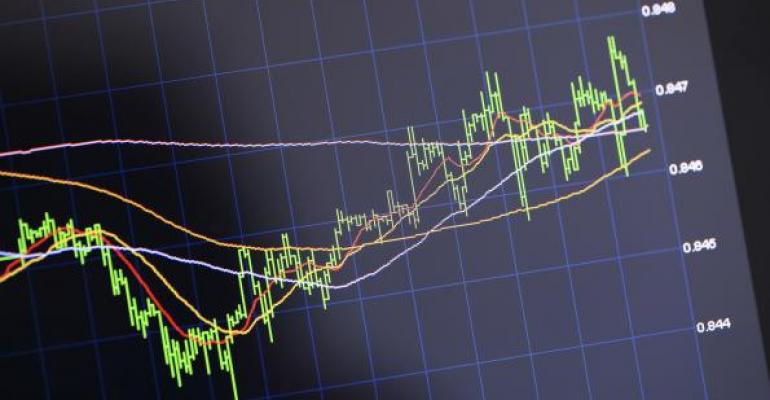Friday’s release of BEA personal expenditure data was a likely disappointment for Federal Reserve Board members hoping for a ramp-up in inflation. Not that there wasn’t inflation, mind you. It was just weak.
Take the Fed’s favored metric—the core Personal Consumer Expenditure index—as the exemplar. In November, it ticked up at a 1.5 percent annual rate, still short of the 2 percent rate targeted by the Federal Open Market Committee. In fact, core PCE hasn’t ticked up at a 2 percent clip since April 2012.
While inflation didn’t gleam in the BEA data, there was still a little flicker. Subtract that PCE deflator from the Fed funds rate and you get what’s known as the “real” interest rate. In November, that rate was -0.32 percent. Yes, that’s negative 32 basis points. If it’s any consolation that’s the least negative it’s been since September 2008.
Negative interest? What’s that about and why should you care?
Since a real interest rate measures the actual yield or cost of funds after removing the effects of inflation, a negative rate arises when a nominal yield—the Fed funds rate—is below the annual rise in the PCE inflator.
Real Interest Rates (Fed Funds - Core PCE)

Only recently has the overnight Fed rate been steered upward by the FOMC. The central bank is slowly withdrawing the accommodation it provided to pull the U.S. economy out of the deep financial crisis a decade ago. As the Fed snugs, real rates tend to move in a positive direction. That is, if inflation is static. But inflation isn’t static. It dips and bolts month by month. However, November’s report showed the core PCE deflator rising for the third consecutive month. Three months may not seem like much of a trend, but there are other signs that inflation may be ready to accelerate.
First, there’s some backed-up costs at the wholesale level awaiting transmission to consumers. You can see that in a side-by-side plot of the Producer Price Index (Final) and the Consumer Price Index. Historically, the PPI leads and the CPI follows. The PPI has been pulling ahead of the CPI since September.
PPI (Final) vs CPI

While we’re at the producer level, we should also note that carrying charges for storable commodities are rising. Carry represents the cost of holding a commodity in inventory and is made up of finance, storage and insurance charges. Those costs eventually work their way down the supply chain to consumers.
Alongside gold’s carry cost, we can also examine a commodity’s convenience yield. The yield is the premium associated with holding a physical commodity versus a forward or futures contract. When storage costs exceed holding benefits, the convenience yield turns negative.
It’s easiest to see variances in carry cost and convenience yields in the gold market. This year, and most particularly this past quarter, storage costs have risen dramatically while gold’s convenience yield slumped.
Gold Market Carry Charges and Convenience Yields

Does all this mean we’re poised for a hyperinflationary cycle? Hardly. But it does lay down some predicates for inflation and a warning knell for investors to consider inflation protection in their upcoming portfolio allocations.
We’ll look at some options in upcoming columns.
Brad Zigler is WealthManagement.com’s Alternative Investments Editor. Previously, he was the head of Marketing, Research and Education for the Pacific Exchange’s (now NYSE Arca) option market and the iShares complex of exchange traded funds.





